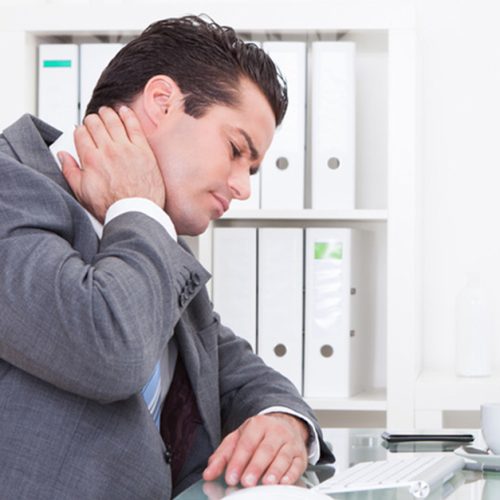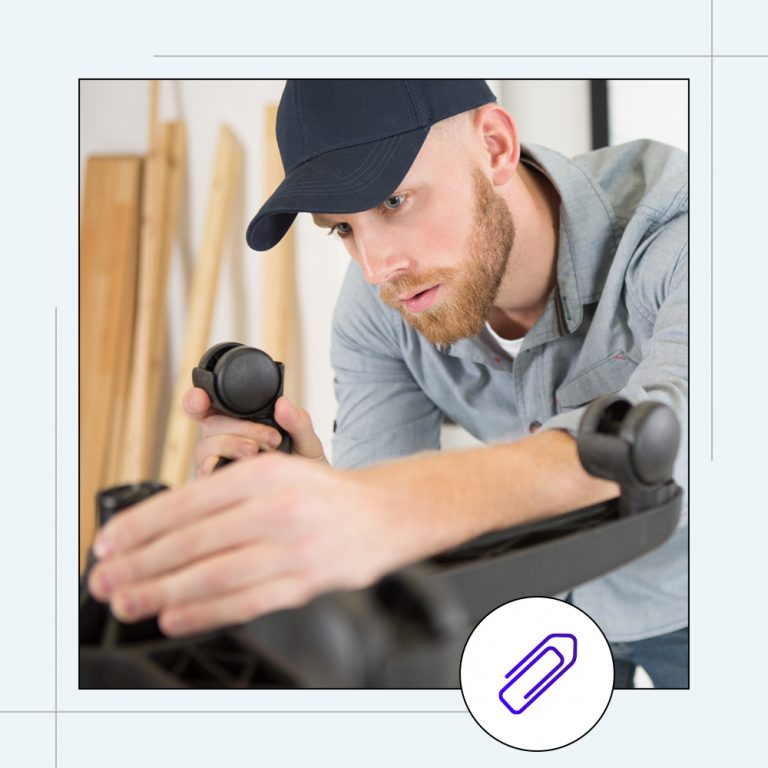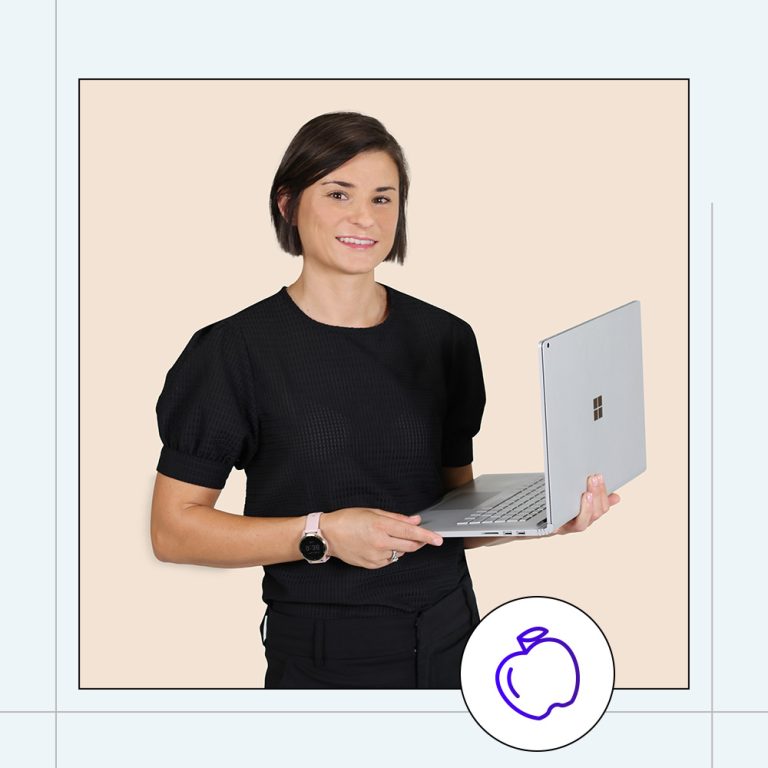Workplace Health & Safety (WHS) is not to be taken lightly. You may have also heard it called Occupational Health and Safety (OH&S). The WHS requirements and legislation you must meet as a business will depend on your state or territory and your industry. So, make sure you find the WHS authority relevant to you.
Your Work Health and Safety Responsibilities
As a business owner in Australia, you must prioritise health and safety from day one. Workplace Health and Safety legislation requires you to protect your workers’ health and safety and avoid putting others at risk.
Essentially, you should:
- Create a safe work environment (maintain safe equipment and structures and ensure proper use, handling, and storage).
- Provide adequate facilities for workers.
- Reduce risks from psychosocial hazards.
- Offer training, information, and supervision to promote safety.
- Monitor workers’ health and workplace conditions.
Additionally, workers’ compensation laws require you to have employee insurance coverage.
Why is it important to you as a business owner?
Creating a safe work environment is not only a legal requirement by the Australian Government but also critical to the long-term success of your business.
The Benefits of Workplace Health & Safety Include:
- Maximised employee productivity
- Minimised injury and illness in the workplace
- Better staff retention
- Ensures you meet your legal obligations and employee responsibility
- Reduced costs for injury and workers’ compensation
Reduced costs?
If that last benefit caught your attention, here are some Australian Workers’ Compensation Statistics.
In 2022-2023, 139,000 serious Australian workers’ compensation claims were made (Compared with 10 years ago, the number of serious claims increased by 20.5%).
- A median compensation for work-related injury and diseases was $14,400.
- The three occupations with the highest rate of serious claims are Machinery Operators and Drivers, Labourers, and Technicians and Trades Workers.
- The five industries with the highest rate of serious claims are Agriculture, Forestry and Fishing; Public Administration and Safety; Transport, Postal and Warehousing; Manufacturing; and Construction.
- Across the age groups, workers aged 45 and 54 were more likely to make a serious claim. Workers aged 25-44 had the lowest serious claims frequency rate.
- Of all serious claims, 10.5% were due to Mental Health Issues, and over 80% were due to Injury and Diseases.
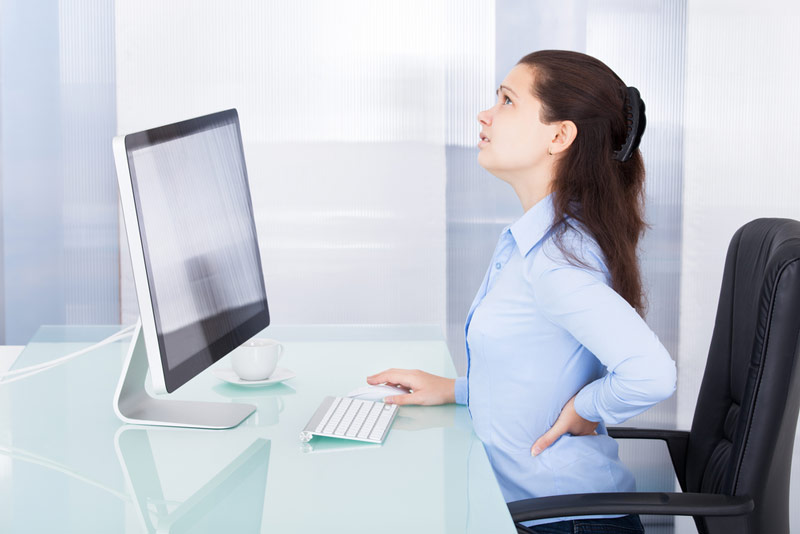
Providing an unsafe and unhealthy environment for your employees is not only detrimental to their health and safety but can also result in you having to fork out thousands of dollars in compensation claims.
How much could you lose? In 2022-2023, business owners lost $15,600 for each male employee who submitted a workers’ comp claim and $12,700 for each female employee.
Those numbers are on the steady rise.
In fact, the median compensation paid for a serious claim rose by 130% from $11,000 in 2014-2015 to $14,400 in 2022-2023.
That’s not all!
It’s not just your employee’s health that’s affected. The average working time lost was 7 weeks for male employees and 7.6 weeks for females.
You are losing money, as well as the time and work those employees would have put in.
Take Care of Your Employees’ Physical Health
It might surprise you to learn that 80%of claims are a result of serious injury and musculoskeletal disorders. In fact, 35,5% of total claims in that category are from traumatic joint/ligament and muscle/tendon injuries (Ouch).
If you have ever suffered from back pain at work, whether it be lower back or upper back pain, you’re not alone. Back pain accounts for 39.3% of bodily injuries and is the most difficult to fix.
What Can You Do?
Invest in Ergonomic Chairs for your Employees – Choose ergo chairs that feature lumbar support, height adjustment, back height adjustment, and seat adjustment to ensure employees are fully supported.
Invest in Standing Desks or Sit-Stand desks for your Employees – A 2011 Study revealed that employees who used standing desks reported reduced back pain, more energy, and better concentration.
Encourage Walking Meetings – According to the Australian Bureau of Statistics, only 55% of Australian adults meet the recommended level of physical activity (150 minutes of moderate or 75 minutes of vigorous activity per week). Any extra steps you can take during your workday count towards your goal.
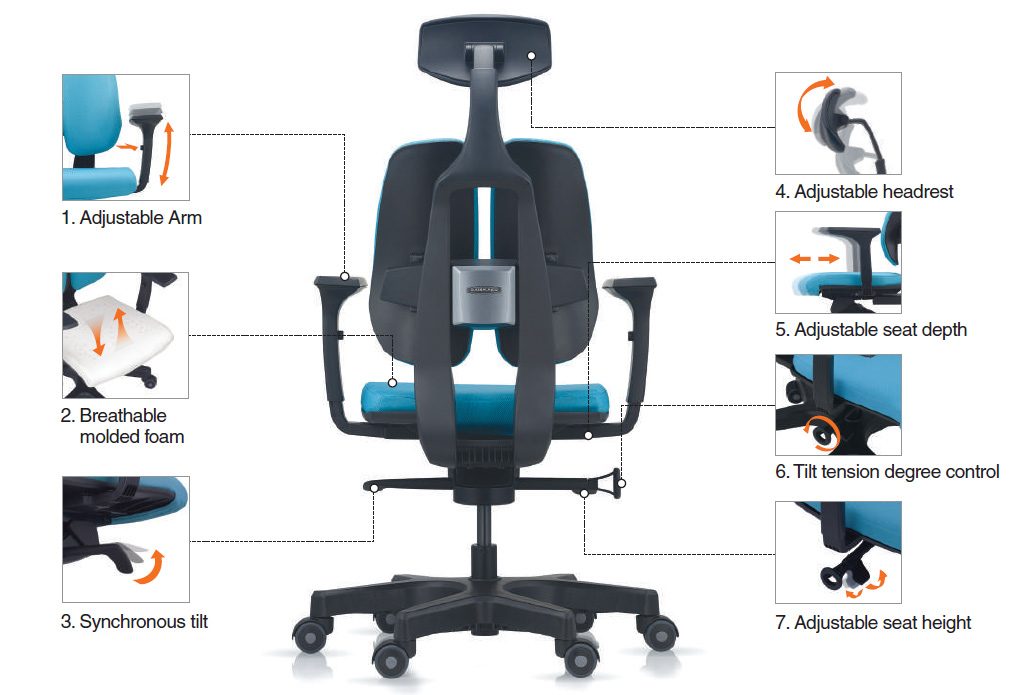
Take Care of Your Employees Mental Health
According to an ABS Study, 45% of Australians between the ages of 16-85 will experience a mental health issue in their lifetime. Overall, 21% of employees report taking time off due to feeling mentally unwell in the past 12 months.
Female employees are also likely to submit a serious claim due to mental disorders at 15% compared to men at 7.4%.
Over the past 10 years, claims for mental health conditions rose from 6.4% of all serious claims in 2012-13 to 10.5% in 2022-23. During this time, the number of serious claims for mental health conditions increased by 7,200—a 97.3% rise.
Mental health conditions are among the most costly workplace injuries, requiring more time off work and higher compensation than physical injuries or illnesses. In 2021-22, workers with serious mental health claims lost an average of 37 weeks of work—over five times the average of 7.2 weeks for all claims. Compensation for mental health claims was also much higher, with a median payout of $65,400, compared to $14,400 for all other serious claims.
What Can You Do?
Create a Fun Office Culture – Introduce colourful workspaces, natural light, greenery, and tasteful décor into the office or provide healthy treats, such as a pool table, foosball table, or Wii for the shared breakroom. For more ideas on creating a fun office culture, check out this blog (Fun Office Culture).
Give Your Employees Better Work-life Balance – Offer flexible workdays where employees can start and finish earlier, giving them more free time to spend with their loved ones. It’s not just up to you to give your employees a better work-life balance; here are some helpful tips for them (Master Your Work-Life Balance).
Avoid Overworking Your Employees – Long hours, heavy workloads, and unrealistic deadlines are sure-fire ways to stress your employees to the point of breakdown.

Think About Your Office Design
Office design plays a huge role in fostering a successful workplace, from designing spaces that offer better collaboration or communication to creating well-designed centrally located communal areas.
When you think about active office design, you often think of standing desks and multiple stairwells. While both of those are instrumental in helping employees get more physical activity into their day, you might be surprised to learn that poorly designed work areas, air quality and lighting can affect your employee’s health and well-being.
What are the problems?
- Poor lighting can result in Headaches, Eye-strain and Tiredness – Natural lighting from big windows has been shown to improve productivity, moods, and creativity, and reduce stress.
- Poor Air Quality Negatively affects Oxygen Levels – Install air filtration systems and choose furniture that doesn’t contain harmful amounts of formaldehyde that your employees can breathe in. Look for the E0 Certification. Find out more about Certifications here (Certifications and Accreditations).
- Isolated Work Areas Close People Off from One Another – Activity-based work areas, shared kitchens, and lounge areas encourage positive interaction and make it easier to share innovative ideas.
What Can You Do?
Your design choices can either eliminate risks entirely or dramatically reduce their chances. So, it’s important to make them carefully, keeping DFS considerations in mind.
DFS (Design for Safety) is a proactive approach to managing risks by integrating safety measures directly into the design process. The goal is to eliminate or significantly reduce risks associated with the final design.
When creating or updating a workplace, DFS emphasises identifying and addressing potential hazards early in the planning stages rather than fixing issues later.
A key aspect involves all stakeholders—employees, customers, and regulators—in the design process. Their input helps ensure the space meets the diverse needs of people of all ages and abilities. Employees, in particular, can offer valuable insights as they interact with the environment daily and are well-placed to identify potential risks.
The most important elements of DFS are:
- Lighting – Ensure proper lighting for clear visibility and reduced eye strain. Incorporate natural light with glass partitions to boost employee well-being.
- Ventilation – Maintain good air quality with proper ventilation or air purifiers to reduce pollutants and airborne illnesses.
- Noise Control – Minimise excessive noise with soundproofing panels in loud areas to prevent stress and hearing damage.
- Temperature & Humidity – To avoid heat or cold stress, keep workplace conditions comfortable.
- Slips, Trips & Falls – Use cable covers and anti-slip flooring in high-traffic areas like entrances and stairwells.
- Safe Layouts – Design spacious, organised aisles to prevent overcrowding and ensure easy movement.
- Ergonomics – Opt for ergonomic office furniture to reduce musculoskeletal injuries like back pain and carpal tunnel syndrome.
- Modular Furniture – Use adaptable furniture like height-adjustable chairs for flexibility and safety.
- Fire Safety – Provide clear fire exit signage, accessible escape routes, and place extinguishers in high-risk areas like kitchens and IT rooms.
At the end of the day, the message is clear. If you look after your employees, they will look after your business.
If you’re ready to create a better workplace for your employees but are short on time or ideas, you might want to consult an expert. Our Furniture Consultants will help you every step of the way. Plus, we at BFX can handle every aspect of the project, from 3D planning to complete layout design, installation, and garbage removal.
Check out the recent edition of Australia’s Work Health and Safety Act for more information on occupational health and safety and statistics on workplace injuries. Contact us for free on-site consultations.


